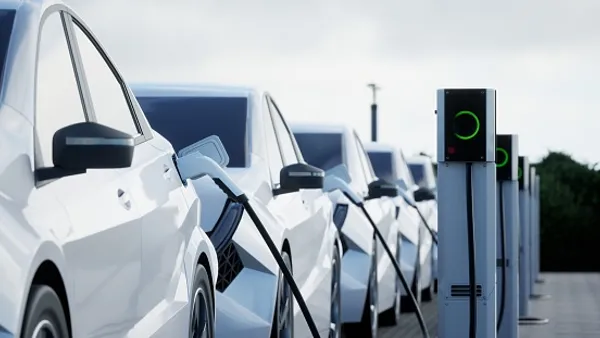Electric power transfer capability between transmission planning regions varies widely by location and season, the North American Electric Reliability Corp. said Tuesday in a draft analysis that will be finalized and sent to federal regulators as part of an effort to improve grid reliability.
“NERC assessments have identified the need for more transmission capacity to support the energy transformation and the ongoing electrification of the economy, including transportation, industry, and data centers. The situation is further compounded by more frequent extreme weather events,” NERC said in the draft, pointing to a 2020 Western heat wave, Winter Storm Uri in 2021 and Winter Storm Elliott in 2022.
Congress in 2023 directed NERC to deliver a final interregional transfer capability study to the Federal Energy Regulatory Commission by Dec. 2. That report will include recommendations of “technically prudent” additions of transfer capability between neighboring areas.

The draft analysis published Tuesday examines existing total transfer capability between neighboring transmission planning regions, with a focus on current summer and upcoming winter conditions. It found large disparities in transfer capability across North America, with total import capability varying from negligible to more than 90% of peak load.
Oregon could import 92% of its peak summer load and 89% of its winter load from California, Washington and other neighbors. Northern California, however, could import only 14% of its summer peak and 29% of its winter peak load.
“Observed transfer capabilities are generally higher in the West Coast, Great Lakes and Mid-Atlantic areas, but relatively lower in the Mountain states, Great Plains, Southeast and Northeast,” NERC said. “There is limited transfer capability between Interconnections.”
The MISO South region could import 12% of its summer peak and 13% of its winter peak load. SERC Florida could import only 4% and 6% of its summer and winter peak load, respectively.
NERC calculated current transfer capabilities using relevant Eastern Interconnection and Western Interconnection base cases “with consistent criteria and assumptions,” according to the report.
The reliability watchdog noted that “the magnitude of transfer capability is not itself a measure of energy adequacy,” which will be evaluated in an upcoming analysis that will “recommend prudent additions, where needed, based on a holistic view of transmission and resource availability.”
After a final report is delivered to FERC there will be a public comment period. A study of Canadian transfer capabilities, including from the U.S. and between provinces, will be published in the first quarter of 2025.














